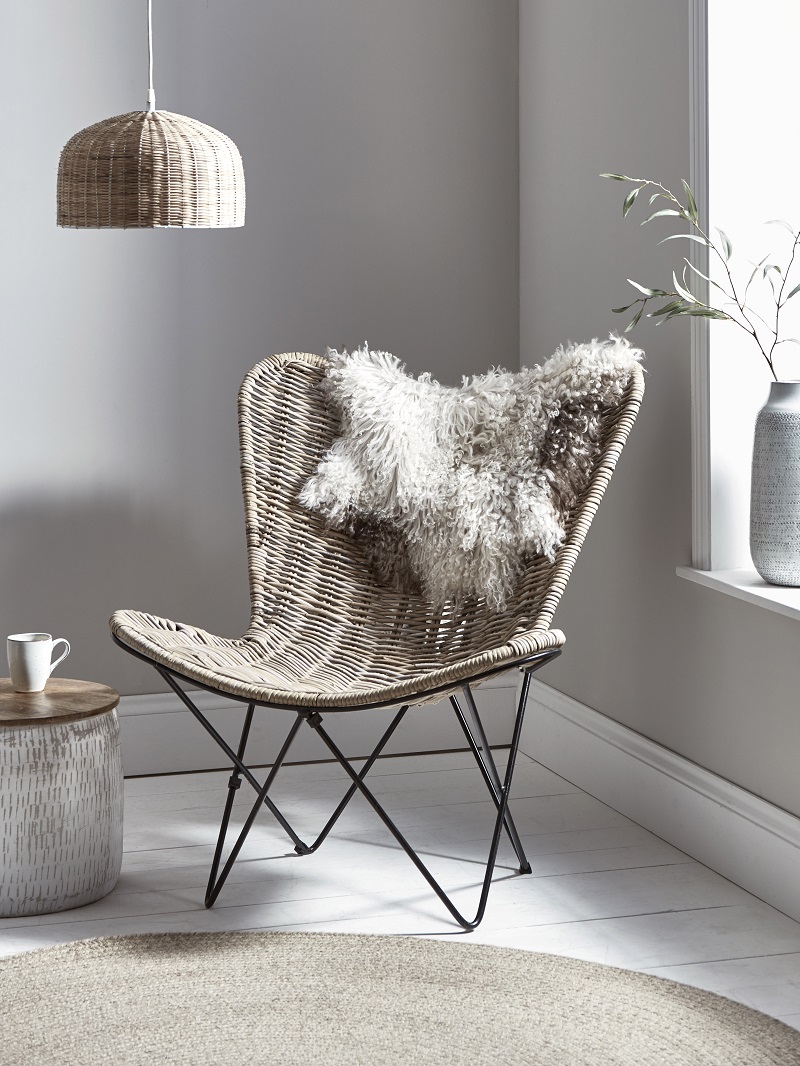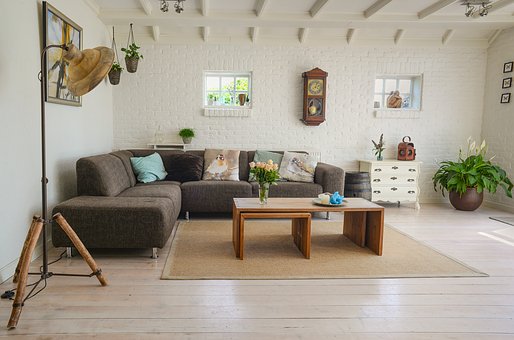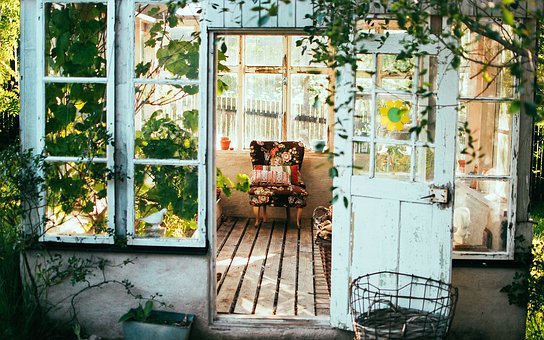
If you’re looking to give your home or log cabin a fresh, eco-friendly new look to greet the summer this year, check out this guide for the best furnishings and tricks to kit out your greener living space.
Picking the right sofa
Replacing your sofa is a big task. Not only is it certainly an investment, it is also a big design choice. After all, the sofa can’t help but be a huge focus of your room! But be sure that your new sofa didn’t cause a price for the planet when it was manufactured! There are a number of things to look out for where picking your perfect, eco-friendly sofa:
- Are the materials used to make it recycled?
- If not, are they sourced sustainably?
- Can the materials of the sofa be recycled again at the end of its life?
- For wood materials used, are they sealed with an environmentally-friendly oil finish?
Considering curtains
Your choice of curtains can really impact your overall eco-friendly rating. Your curtains can work hard towards reducing your heating costs, if you pick wisely. Plus, the way the curtains themselves are made can also be very eco-conscious. EcoFriendly Link recommends buying curtains with natural fibres, such as cotton, silk, bamboo, or wool. For a more earthy look, linen and hemp curtains definitely add to the vibe. Plus, making sure these materials haven’t been dyed (or, at least, ensuring they were dyed with low-toxicity/low-impact dyes), is a must for an environmentally friendly home.
To improve energy-efficiency, be sure that your curtains are lined with a light-coloured material. This helps with cooling your home in the summer and closing your curtains during sunny days will keep you house cool. Conversely, closing the curtains will keep the heat in the room during the winter months, meaning your radiators don’t have to work as hard.
Flooring
For greener flooring, your mind might jump to reclaimed wood as the only option, but that isn’t the case! There are a number of different materials to consider when picking out the best flooring option for you, including:
- Cork
- Bamboo
- Glass tiles
- Wool carpet
Again, as with the curtains, be sure to research the dyes used to colour these materials before purchasing. Some dyes are highly toxic, so even if the material is sustainable, the process of making the flooring becomes decidedly not-eco-sound!
Need a nice rug for your floor? Consider a sisal and sweet-grass woven rug. This plant-based rug is made from plants similar to bamboo, and they grow plentifully, meaning it doesn’t harm the environment to make them.
Shelves
Shelves are an easy way to bring a greener vibe to your home, as you can embrace either the rustic, rugged look or the sleeker modern feel of wooden shelves: so long as it’s upcycled and reclaimed, you’re good to try any style! If you’re feeling particularly thrifty, you can put together a number of different shelving types with objects left around the home. One on-trend and simple-to-make shelving idea is hanging shelves: a little rope, leather cord, or chain coupled with reclaimed wood, be it an old wooden pallet or an unused skateboard makes for a minimalistic boho look.
Air fresheners
Get rid of synthetic air fresheners that can be toxic to the environment and couple all your eco-friendly air freshener needs with another element of environmentally-sound interior design: houseplants.
There are so many plants that can brighten up your home’s style, while keeping it smelling fresh:
- Devil’s Ivy
- Peace lily
- Spider plant
- Aloe vera
No matter what style you’re aiming for within your home or log cabin’s interior, making it eco-friendly is beneficial to both you and the world around you. Be sure to take an extra moment to consider the materials and their process in becoming furnishings before you commit to buying.
Natalia xo
Main photo credit: Cox & Cox




